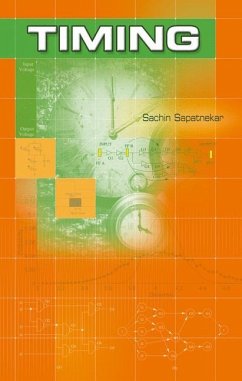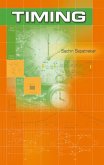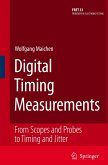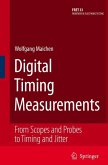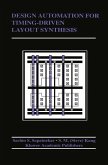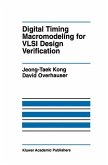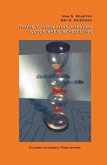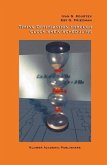Statistical timing analysis is an area of growing importance in nanometer te- nologies' as the uncertainties associated with process and environmental var- tions increase' and this chapter has captured some of the major efforts in this area. This remains a very active field of research' and there is likely to be a great deal of new research to be found in conferences and journals after this book is published. In addition to the statistical analysis of combinational circuits' a good deal of work has been carried out in analyzing the effect of variations on clock skew. Although we will not treat this subject in this book' the reader is referred to [LNPS00' HN01' JH01' ABZ03a] for details. 7 TIMING ANALYSIS FOR SEQUENTIAL CIRCUITS 7.1 INTRODUCTION A general sequential circuit is a network of computational nodes (gates) and memory elements (registers). The computational nodes may be conceptualized as being clustered together in an acyclic network of gates that forms a c- binational logic circuit. A cyclic path in the direction of signal propagation 1 is permitted in the sequential circuit only if it contains at least one register . In general, it is possible to represent any sequential circuit in terms of the schematic shown in Figure 7.1, which has I inputs, O outputs and M registers. The registers outputs feed into the combinational logic which, in turn, feeds the register inputs. Thus, the combinational logic has I + M inputs and O + M outputs.
Hinweis: Dieser Artikel kann nur an eine deutsche Lieferadresse ausgeliefert werden.
Hinweis: Dieser Artikel kann nur an eine deutsche Lieferadresse ausgeliefert werden.
From the reviews: "The book is highly recommended to CAD tool developers, graduate students, researchers in the timing analysis field as well as digital designers interested in finding out the underlying principles employed by the tools used in digital design." (Ion-Constantin Tesu, Zentralblatt MATH, Vol. 1059 (10), 2005)

